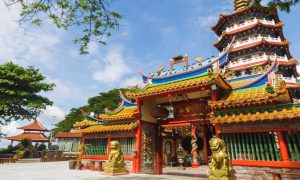Halloween traces back to an ancient Celtic festival, Samhain and celebrates the beginning of winter, which is often associated with cold and death. Naturally, the traditions that follow are often gruesome, involving a blurring between the worlds of the living and the dead; the belief that spirits venture out from the netherworld to the land of the living is present is many cultures around the world.
We take you through some of these celebrations and festivals which involve everything from the familiar Dia De Los Muertos in Mexico to the more spine-chilling Ma’ Nene in Taroja, Indonesia.
1. Galungan in Bali
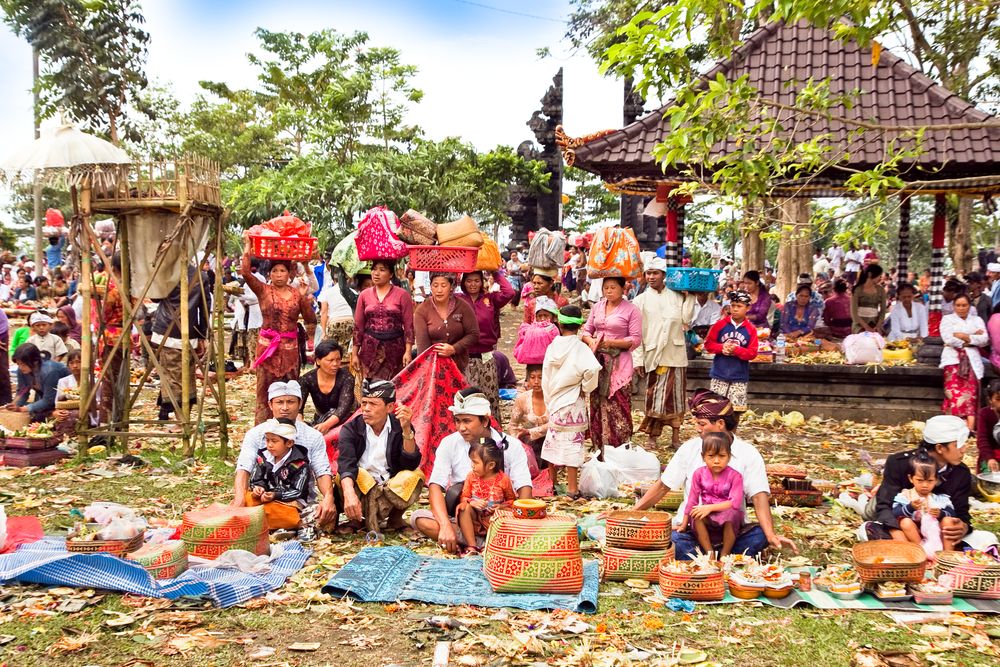
2016: February and September
2017: 5th to 15th April and 1st to 11th November
Considered the most important festival for Balinese Hindus, Galungan honours the creators of the universe and the spirits of ancestors. Since the Balinese calendar has a 210-day cycle, Galungan is celebrated twice a year in the Gregorian calendar.
The 10-day festival, which begins on the 11th week of the Balinese calendar, sees followers of the religion focusing on living a life guided by dharma. The festival marks the time of the year when the spirits of the ancestors are believed to visit the earth, so Balinese Hindus welcome and entertain these spirits while they are earth-bound.
Balinese devotees pray at the temples and make their offerings to the spirits. Women are seen carrying the offerings on their heads, while men bring palm fronds. The day after Galungan, people visit their kinfolk and closest friends. On the 10th day, the visiting spirits are believed to return to heaven and that marks the end of Galungan. Special yellow rice is offered on this day.
2. Gai Jatra in Nepal
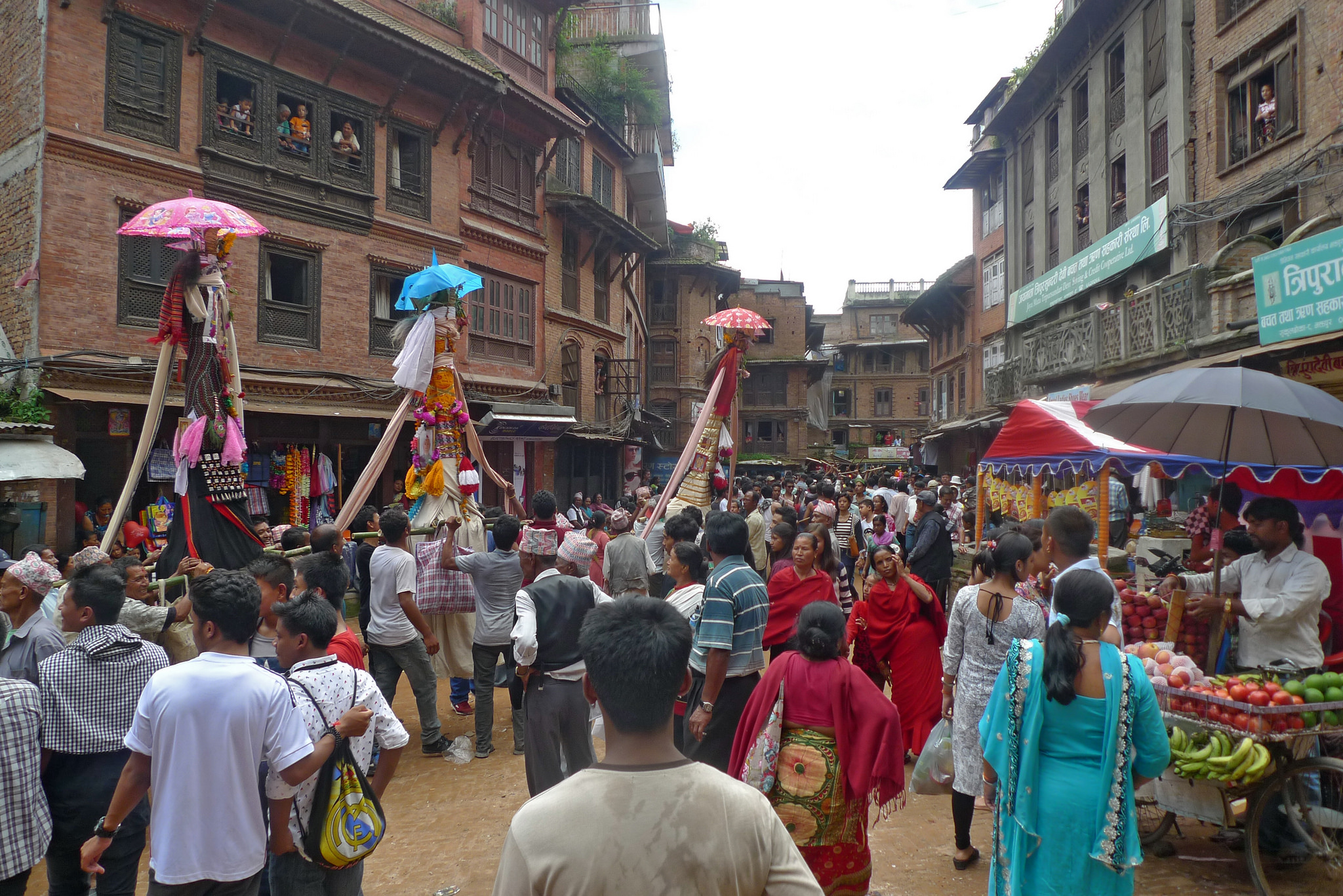
2016: 3rd August
2017: 8th / 19th August
Gai translates to Holy while Jatra means cow, so this is the festival of cows. Celebrated mainly in Kathmandu, it is said that people started worshipping the god of death, Yamaraj, on this day. The festival itself commemorates the death of loved ones during the past year.
Modern-day Gai Jatra came into being during the reign of King Pratap Malla, who incorporated comedy, humour, and satire to the festival. He did this when, after he lost his youngest son, he offered a reward to anyone who could make his wife smile, since he couldn’t cheer her up no matter how hard he tried. During Gai Jatra, a group of performers began ridiculing the rich and important people in society, and at the same time highlighted the injustices towards the poor. The queens saw this and burst out laughing at their satirical performance, so the king decreed that humour and jokes be a part of the festival from then on.
On Gaijatra, families who have lost loved ones will participate in a procession through the streets leading a cow. If the family cannot get a cow, a young child dressed as a cow is an acceptable substitute. After the procession, everyone dresses up in costumes and masks to sing, play jokes, and just have a fun time. The festival is a way for people to accept the reality of their loss, help heal the grief, and prepare them for life after death.
3. Fet Gede in Haiti
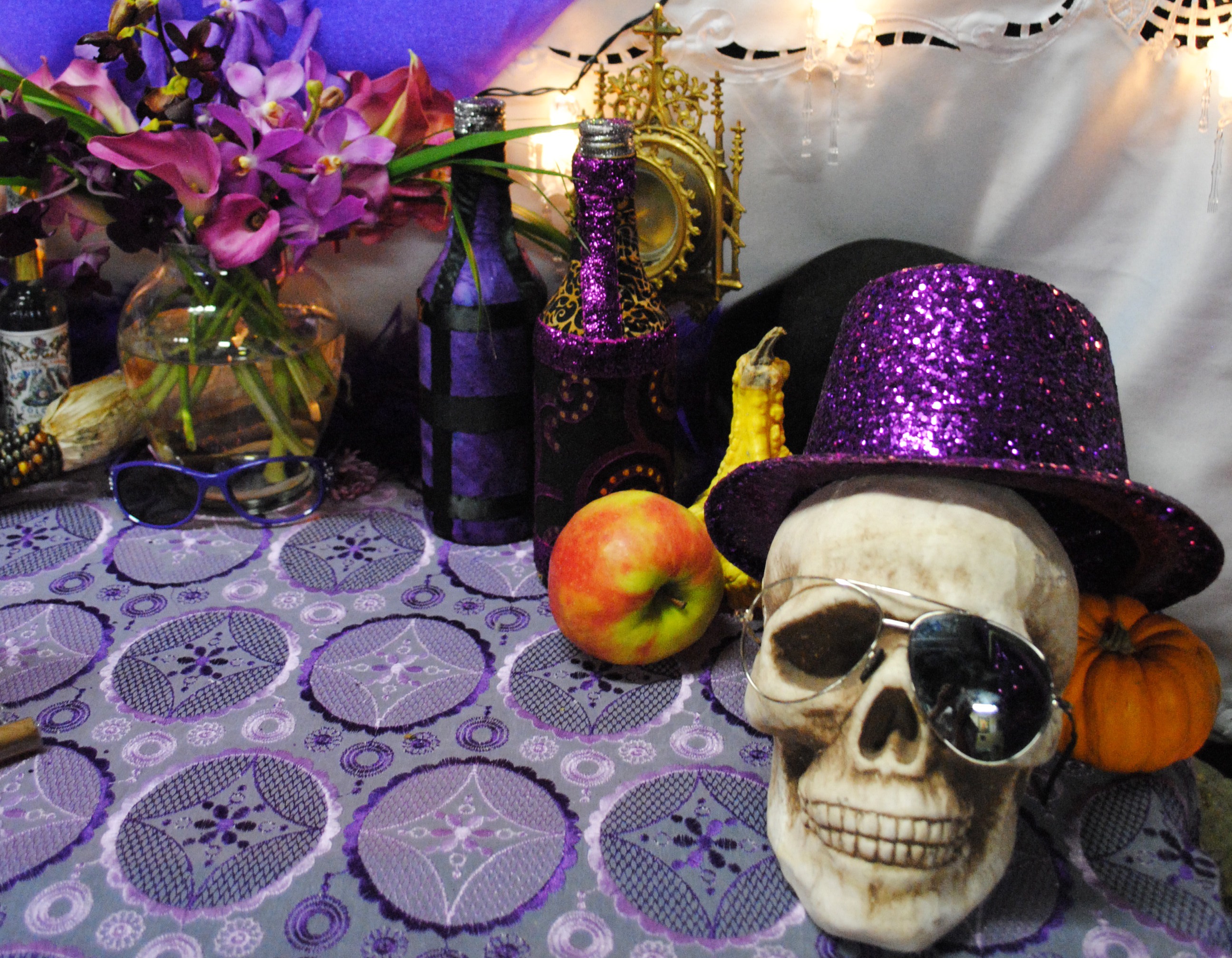
Every year: 1st November
In Haiti, the day of the dead is celebrated on the 1st of November, the same as All Saints’ Day in Catholicism. Many Haitians are Catholics, but many still incorporate voodoo elements in their cultural practices. ‘Vodou’ itself was declared an official religion in 2003. On 1st November, Haitians makes their way to the national cemetery in Port-au-Prince – the Catholics go there after attending mass in church in the morning – to pay tribute to the spirits and honour the god of the dead known as Gede.
They offer fruits, rum, coffee and flowers to the deceased and as the gatekeeper of the cemetery, a spirit known as Baron Samedi, to shower them with good luck, helath, and jobs. They also dance and speak to their ancestors during the celebration while Vodou priests and priestesses – often clad in bones, crosses, and other trinkets and talismans – pray and chant laments for the dead.
4. Qingming, China
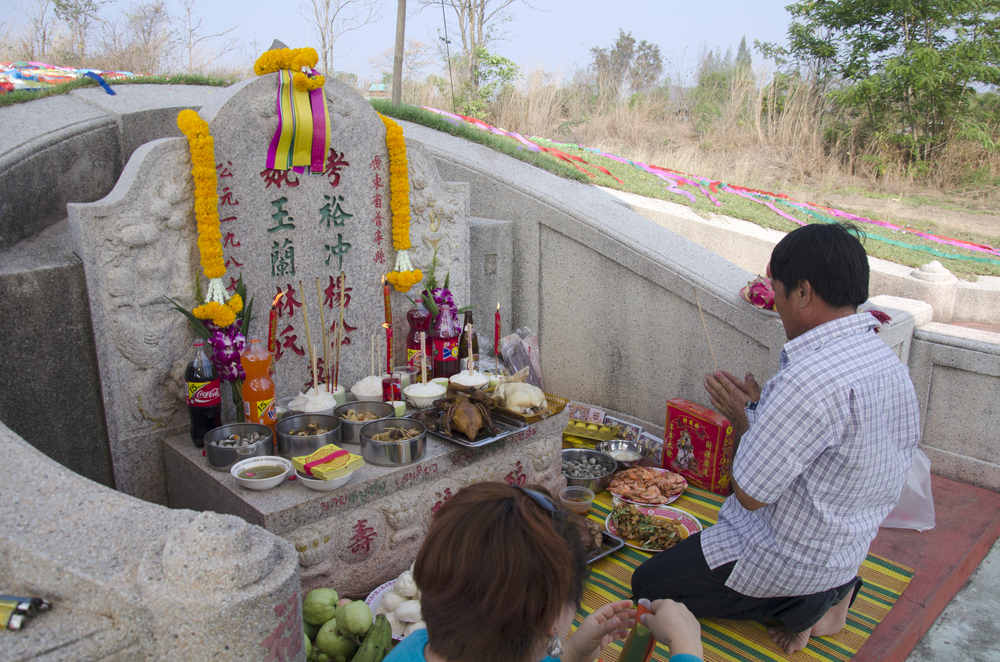
2016: 4th April
2017: 4th April
Qingming, which is observed in Chinese culture around the world, is a day when people visit their ancestors’ graves to offer sacrifices and sweep their tombs. Qingming happens on the 15th day of the spring equinox, usually on 4th or 5th April and it’s also known as ancestors’ day or tomb sweeping day. This tradition dates back to over 2,5000 years and involves placing fruits and cold food on tombs as offerings. The food is cold because there’s no cooking done on Qingming day; the food is cooked in the days before the festival.
Visitors also clean up weeds, burn joss paper to represent money that will be burnt to send it to afterlife for the deceased. During this time, willow branches are placed on door posts and gates to ward off spirits – a custom that was popular with farmers and lives on today. Kite-flying is also part of Qingming, however it is also a popular activity throughout the year. What’s special for Qingming is that lanterns are tied to the kites and they are flown in the evenings as well as mornings.
5. Famadihana in Madagascar
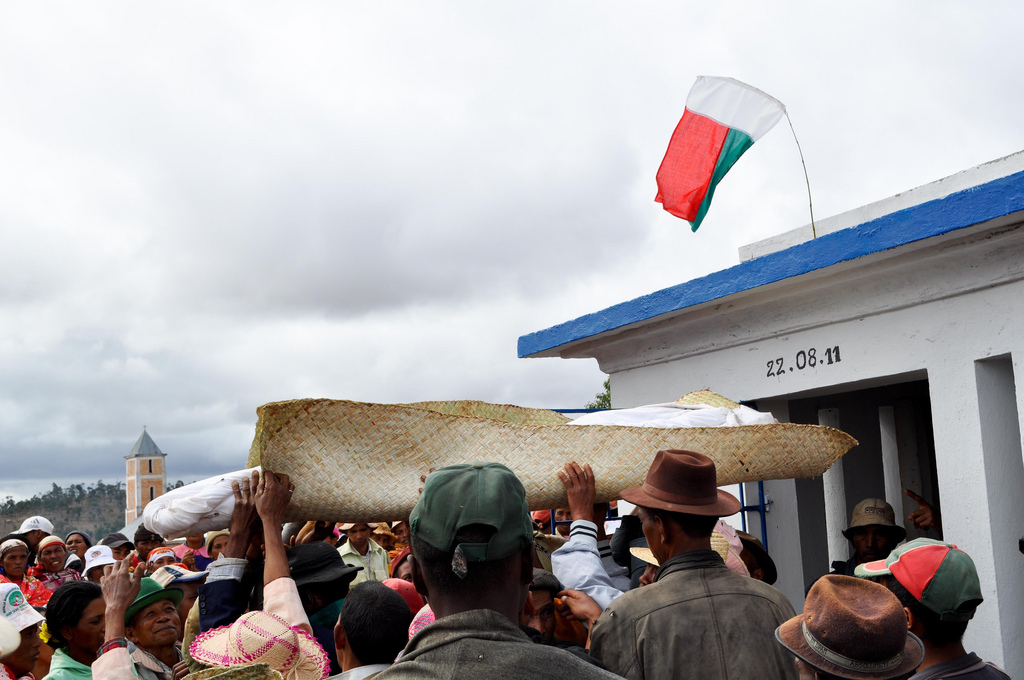
Every seven years
This is a funerary tradition of the Malagasy people. This custom appears to be quite recent, only traceable back to the 17th century. Every seven years, the Malagasy people will remove the remains of their ancestors from the tombs and redress them in new cloth, then dance with the corpses around the tomb to music. The belief is that the spirits of the dead only truly join the afterlife after the body has completely decomposed and an appropriate ceremony can be done.
So, once every seven year, families gather from around the country to pay respects to their ancestors. The practice is in steady decline, however, as more and more Christian Malagasy stop the practice, even if the Catholic church does not offically object to it (though it once did), since it regards Famadihana is purely cultural, not religious. As much as Famadihana is about respecting ancestors, it’s also a time for families get together and spend some quality time together. The overall atmosphere of the practice is one of revelry and joy.
6. Dia De Los Muertos in Mexico
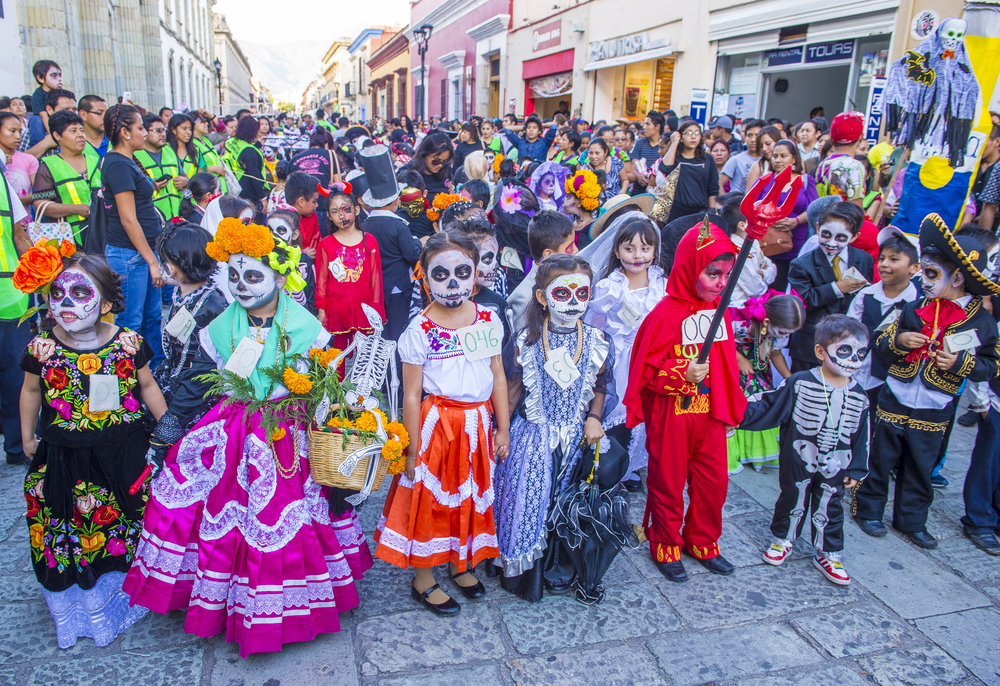
Every year: 1st and 2nd November
Originating in Mexico, Dia De Los Muertos is celebrated throughout Latin America and by Mexican-Americans in the United States. It is celebrated over two days, All Saints Day on November 1 and All Souls Day on November 2. The festival is a result of the blending of the European traditions brought in by the invading Spanish and also the Aztec and Mayan people who inhabited much of Central America before the arrival of the Spanish.
On this day, the celebrants build altars or shrines and decorate both those and the graves of passed loved ones with flowers, food, drinks and things the deceased enjoyed while alive as an invitation from the living to the dead to visit their families. A common symbol of the celebration is the skull (calavera in Spanish) and during parades, the celebrants represent them with masks and face paintings (called calacas, a term for skeletons). It is believed that in this time, the spirit of the dead walk and celebrate among the living. Candy and pastries are made in shapes on skeletons and sugarskulls can be given to both the living and the dead.
Santa Muerte is celebrated by the Mexicans as well but she is not seen as a dead human being herself. Santa Muerte is associated with healing, protection, and ensuring a path to the afterlife.
7. Dia De Los Nititas in Bolivia
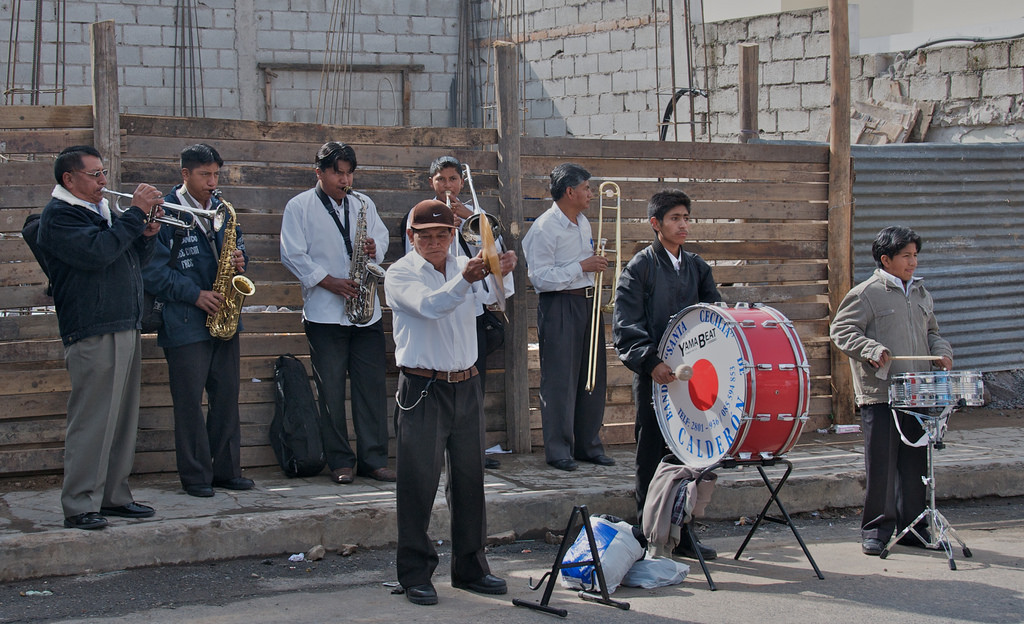
Every year: 31st October to 2nd November
Translated to Day of the Skulls, Dia De Los Nititas is a Bolivian tradition where thousands of Catholics flock to La Paz cemetery while clutching real skulls of family members or even complete strangers in hopes of getting them blessed with holy water.
The skulls are decorated with garlands of flowers, sometimes given a pair of sunglasses, covered with colourful knitted caps and pampered with a cigarette placed in the mouth before being paraded through the streets. As they are being carried through the streets, the skulls are sometimes given alcohol and are even serenaded by musicians.
It is believed by celebrants that when born, a person has seven souls, one of which remains in our bones and stays with our skeleton. Bolivians believe that the remaining soul still needs love and affection and so this day is to honour their need and those who do so may ask the skull for favours while those who show no respect or fail to put in necessary effort may receive bad luck in their households, have their harvests ruined or even break up a family.
8. Ma’ Nene in Indonesia
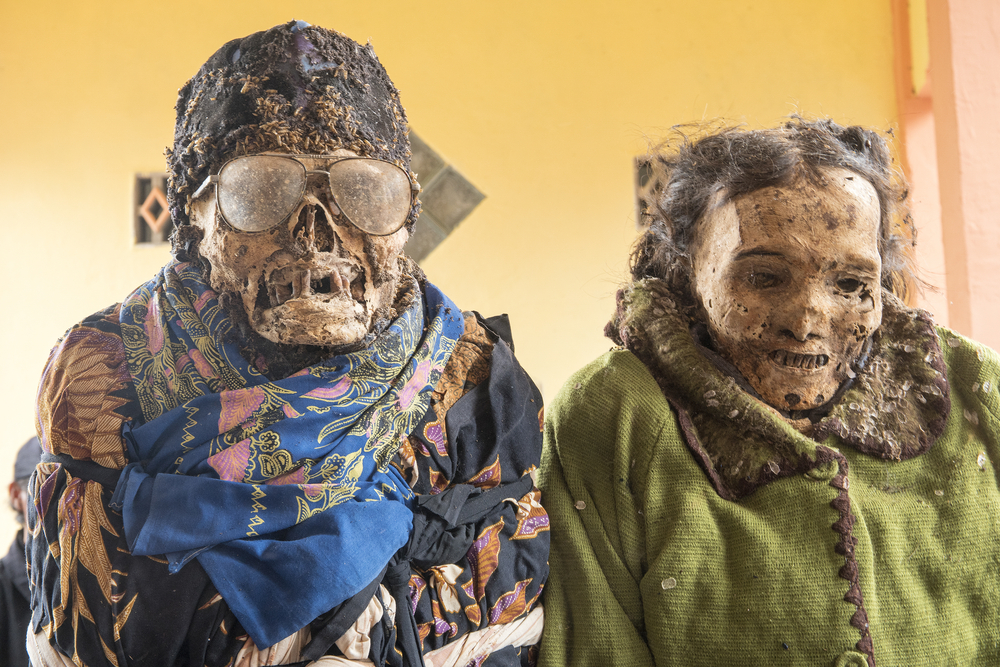
Every year: August
This festival is celebrated by an ethnic group residing in the mountainous region of South Sulawesi, called the Taroja. Every three years, the Taroja pay respects to their dead relatives by digging them up and and grooming them. The festival began over a century ago in the village of Baruppu.
The Taroja’s explain that there was once an animal hunter named Rumasek, that came across a decaying corpse, abandoned underneath a tree. Rumasek then dressed the corpse in his own clothes and gave it a proper burial and believed that he’d receive good fortune for it. The Taroja’s adopted Rumasek’s doing and now believe that they will be showered with blessings for taking care of their dead relatives.
The corpses are not only groomed and redressed but their coffins are also repaired or replaced. The corpses are paraded around the village but are brought along straight lines as they believe that the paths travelled by a spiritual entity with supernatural powers, known as Hyang, only travels along straight lines.
The young of the tribe are buried in what is known as the ‘Baby Trees’. Should a child die before it starts teething, it is wrapped up in a cloth and placed inside a hollowed out space in the trunk of a growing tree as the Taroja believe that the child’s soul becomes one with the tree.

















